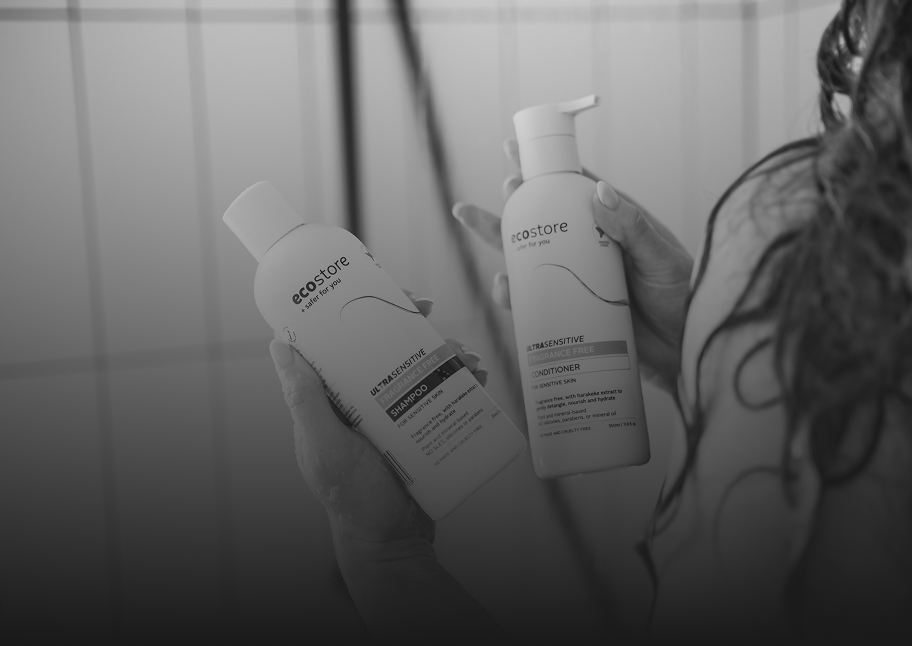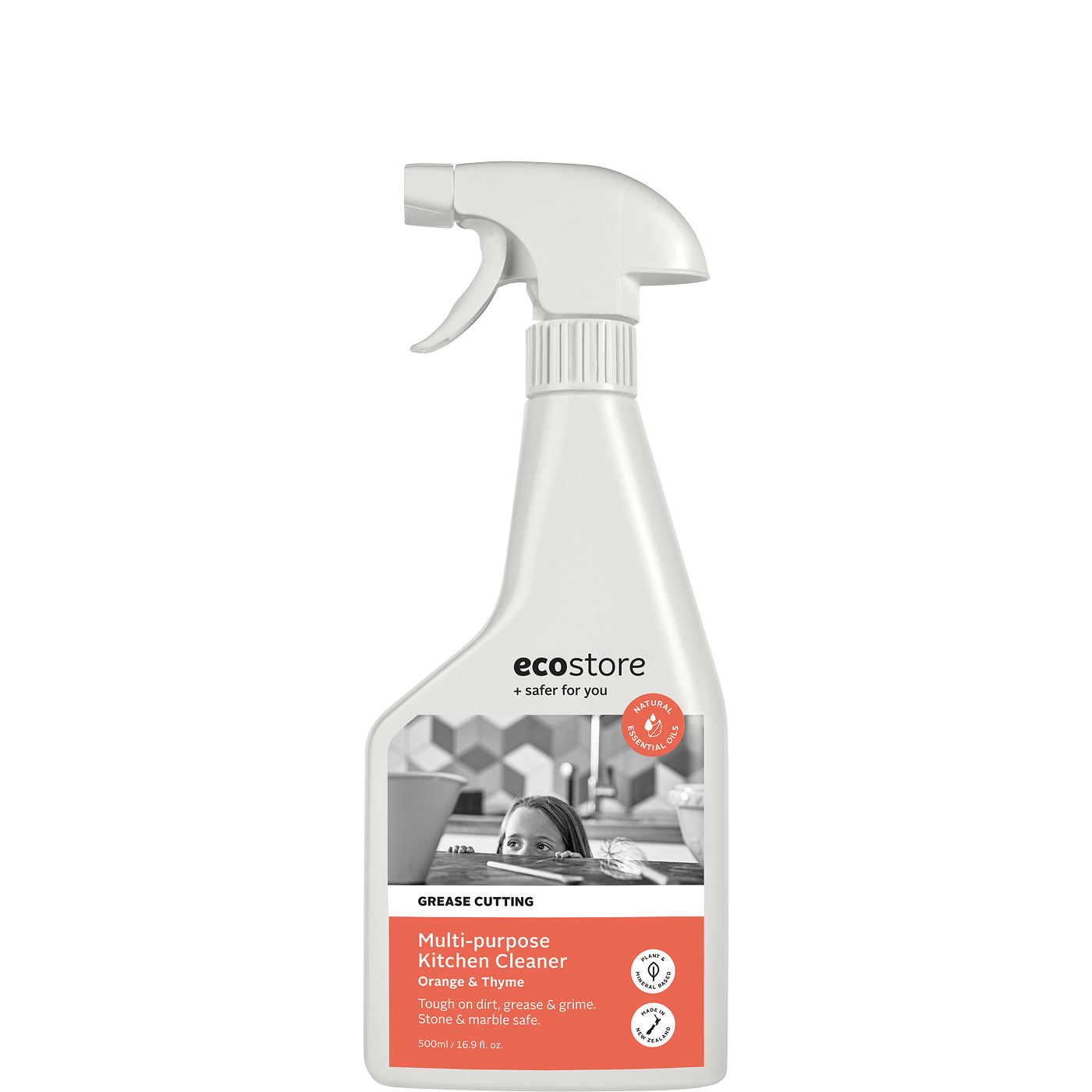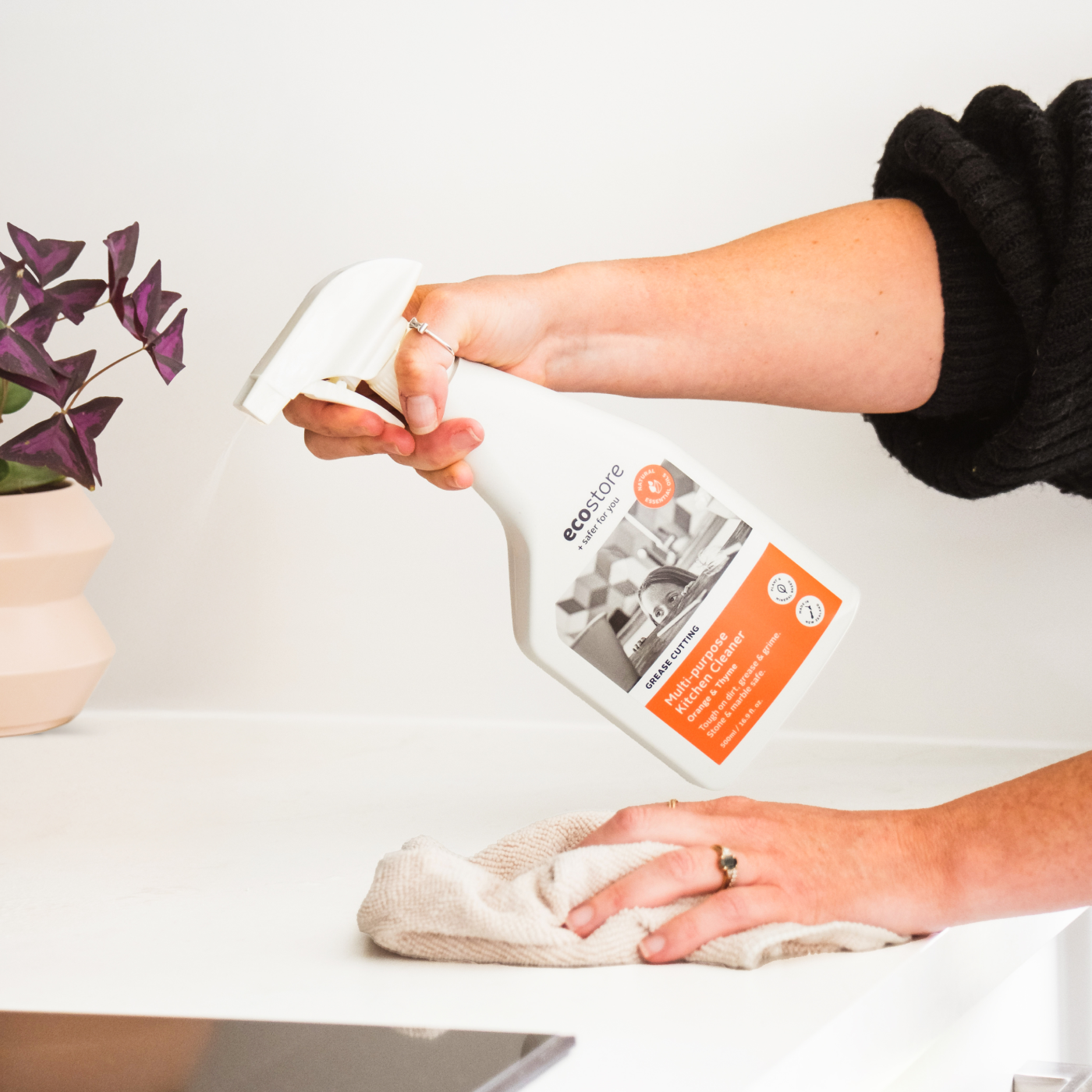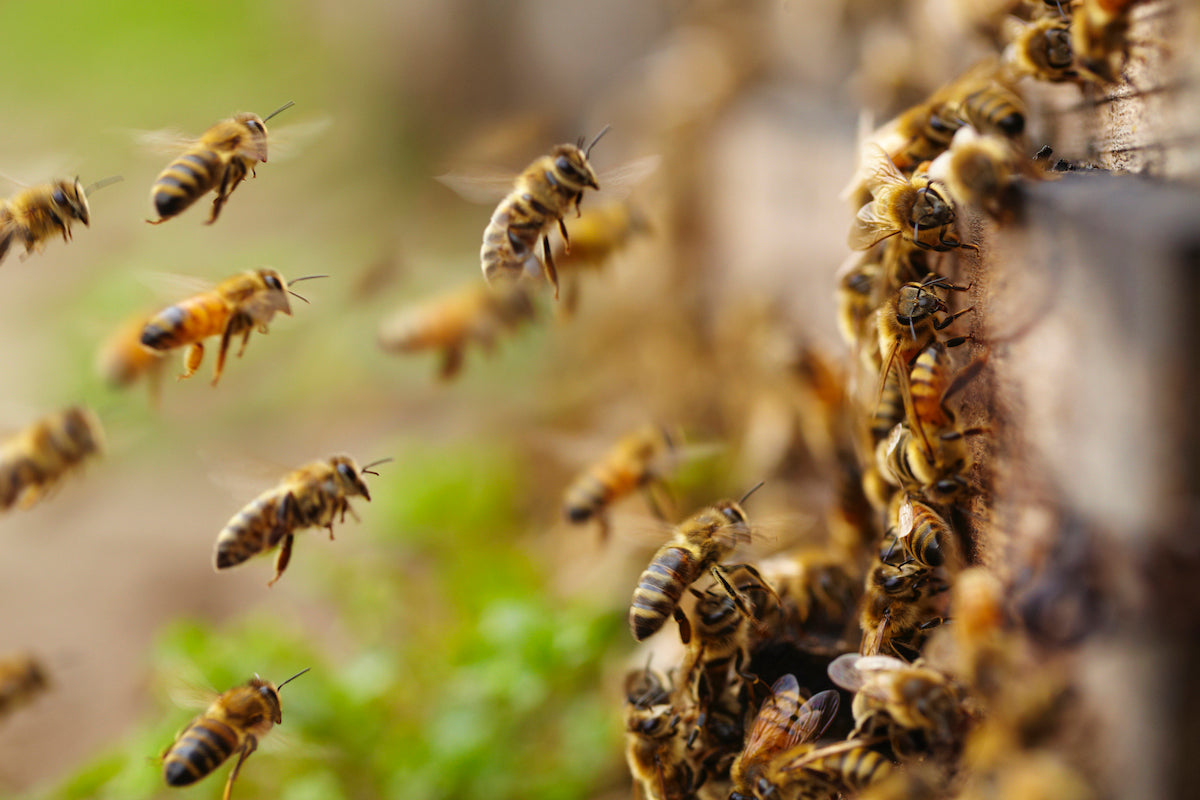This September is Bee Aware Month in Aotearoa New Zealand. As the start of spring, it’s a great month for us humans to step up and ‘bee a hero’ – and take action to help our local bees.
But it doesn’t have to be September and saving the bees is not just for New Zealanders. These stripy little critters are truly mankind’s best friends, pollinating at least a third of the crops we eat, and playing a vital role in ecosystems all over the world. And as much as we need bees, they depend on us too. Here are six ideas to help you be a hero for bees – in September and beyond.
A bunch of flowers
Any design for a bee friendly garden starts with plenty of flowers, which bumblebees, native bees and honeybees depend on for pollen and nectar. Consider planting flowers in clusters of the same species, particularly those that are easy to land on, or have tubular flowers with nectar inside. Plants with flower spikes let the bees move easily from flower to flower. Bees love blue and yellow, but they can’t really see red.
You and bee
Luckily, bees like a lot of the same plants we do. Fill your garden with useful plants like Lavender, Borage, Marigolds, Sunflowers, and culinary herbs like Coriander, Rosemary, Sage, Thyme and Basil. White Dutch clover or chamomile are bee friendly alternatives to grass. If you do have a lawn, let it grow a bit longer before trimming, so bees can enjoy the wildflowers that come up.
Go beyond bees: learn how to make your garden a better place for all sorts of beneficial creatures.
Nurture natives
If you can, bring some locally eco-sourced natives into your garden decorating scheme. You know they can thrive in your area, and perennial species often bloom early or late – providing nectar and pollen while introduced species are devoid of flowers. In New Zealand, try New Zealand Jasmine, Harakeke, Pohutukawa, Mānuka, Rewarewa, Lemonwood. In Australia, plant Eucalyptus, Bottlebrush (Callistemon), Acacia and Spider Flowers (Grevilleas). Trees for Bees has some great planting ideas too.
Give them a drink
Bees can’t swim, and will drown in deep water. So make sure that any water sources in your garden have shallow, sloping sides, or place a stone in the water that bees can stand on to drink. Bees also gravitate towards fountains and moving water, as do butterflies and other insects.
Walk away from sprays
While bees will benefit from you keeping wasps away, try to avoid spraying toxic pesticides – particularly nasty neonicotinoids – and try to minimise your use of systemic herbicides like glyphosate. If you have to spray, follow usage and safety instructions carefully, do it late in the evening after bees finish their foraging and avoid spraying while plants are flowering.
Eat locally-made honey
Honeybees depend on beekeepers to keep them housed and safe from disease, predators and parasites like varroa mites. By eating locally harvested honeys, you’re supporting beekeepers to take care of their bees and our environment.
For more ways you can look after bees in your own backyard, check out the Bee Aware website.
Read more
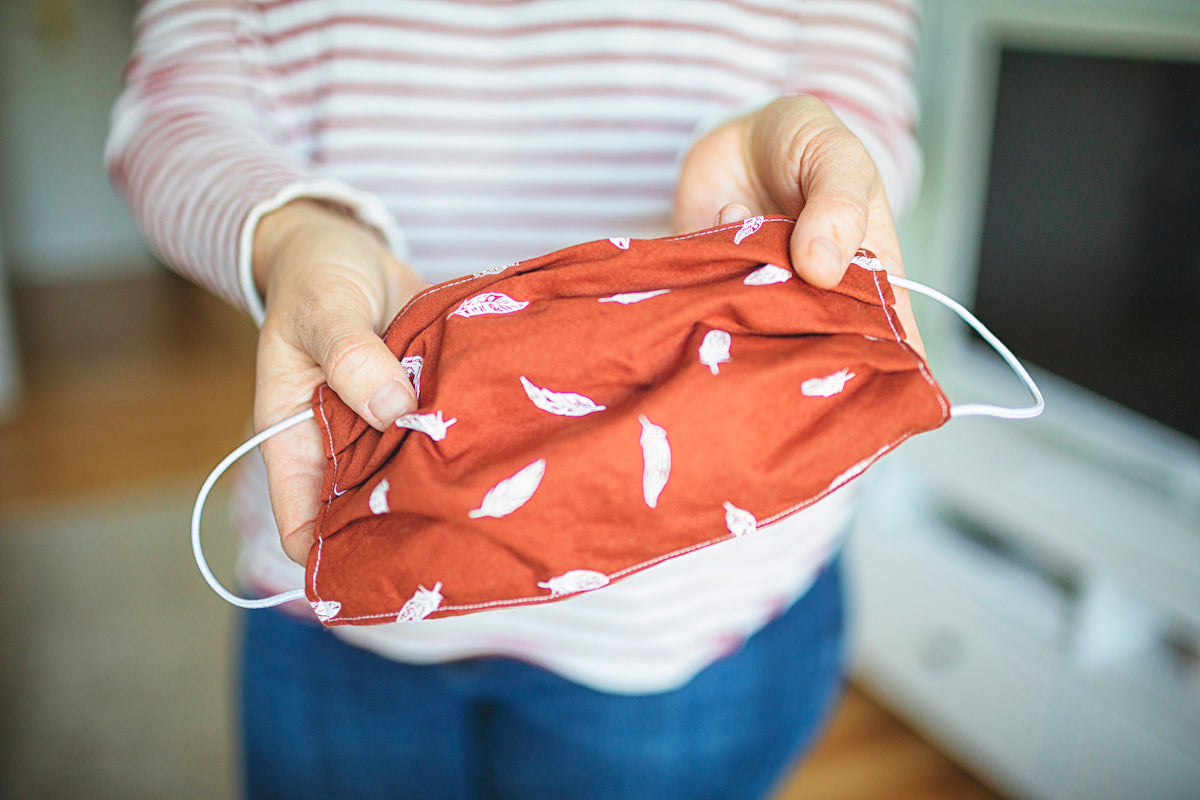
I have a secret (well now, I suppose it’s had) – I can sew. When the government made the recommendation to wear face coverings in public, I got to work researching patterns, materials and technique...

I have a secret (well now, I suppose it’s had) – I can sew. When the government made the recommendation to wear face coverings in public, I got to work researching patterns, materials and technique...

